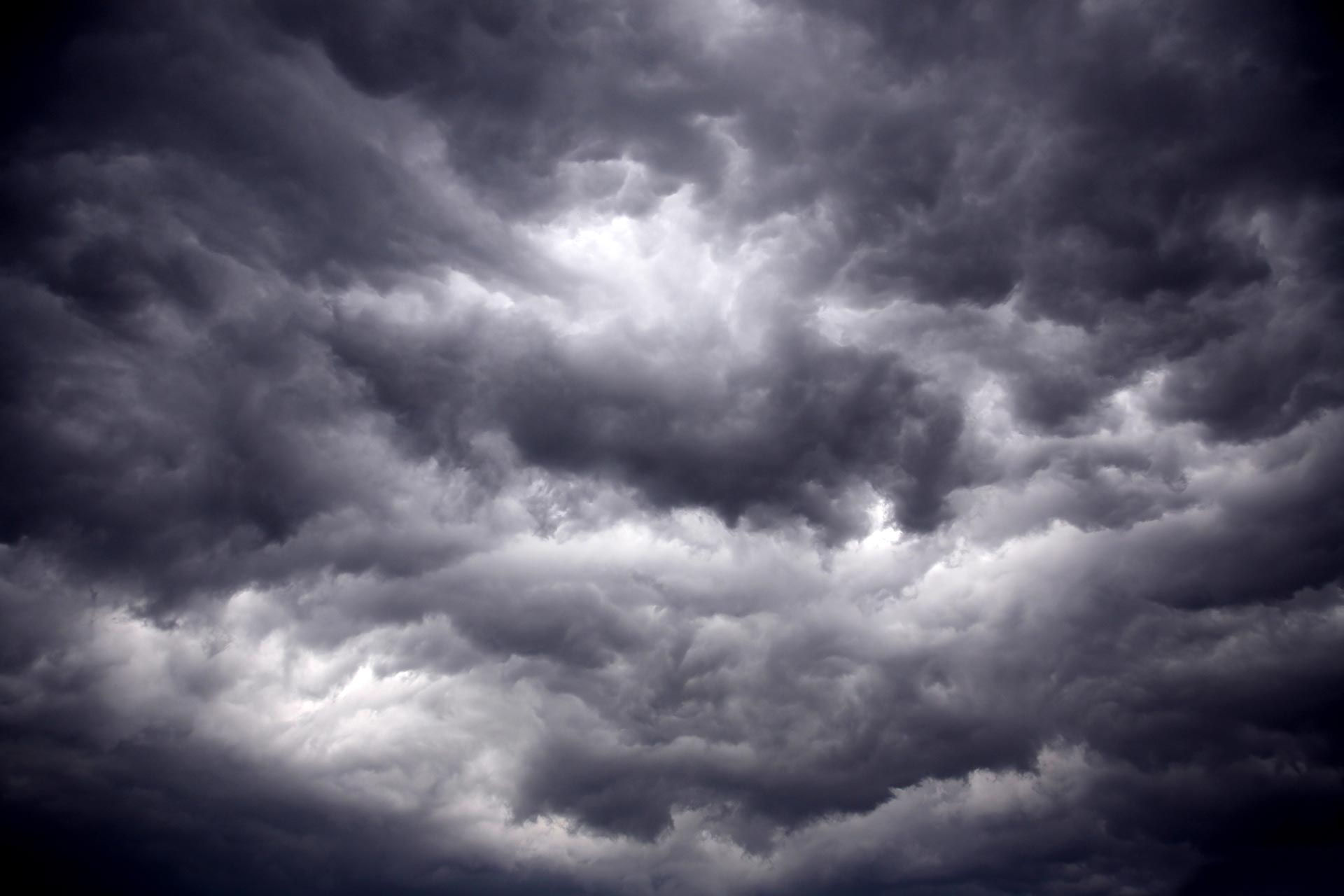SO MUCH WEATHER...
- terryswails1
- Mar 13, 2020
- 4 min read
Here'e something that I think is quite remarkable. It's the phase history of the AO (Arctic Oscillation) going back to November. What I want you to notice is the period mi-December through the present. Not a single time did the AO get into the negative phase over the 3 month period (and still counting).

Why is that important? Because the positive AO indicates a westerly (zonal)jet stream flow across Canada, This persistent, powerful, and fast pattern does not allow strong or prolonged pushes of cold air to dig into the Midwest. It's no coincidence that temperatures the past 90 days have looked like this over North America. Some places in Canada have recorded 90 days departures as great as 12 degrees. That is massive and really quite rare.

We've done all right here too with departures of 4-6 degrees common since mid-December.

Where's the bitter cold been hiding? Up in good old Alaska where winter has been far from pleasant and even more harsh than it usually is.

So what happens if the AO decides to go negative. It's logical to assume there would be a reaction that involves colder temperatures. That's on the table as both the ensembles of the GFS and EURO are showing that potential. Here is what they are indicating the last 8-10 days of March.


That's a strong signal that cooler than normal temperatures may get back into the pattern on a regular basis the last week of March and perhaps the first week of April.
The odds increase even further when you look at the MJO. It's projected to go into the cold phases of 1, 2, and 3 between now and March 26th. (Follow the dotted green lines). It's roughly a week before it enters phase 1 and that ties in nicely with the AO dip and the time frame to watch for a downturn..

Here's the temperature analogs for phases 1, 2, and 3 in March. Phases 2 and 3 depict significantly below normal temperatures.

The EPO is another teleconnection to consider and it's also shown taking a pretty big hit as it moves into negative territory which is also know to produce cool temperatures by building a Pacific NW ridge. This is what the ensembles of the EURO and GFS depict over the next couple of weeks.


Another intriguing event is the warming that is taking place in the stratosphere. At 10mb, the very highest level of our atmosphere a rapid warm-up is shown the next 10 days. Here's the 10mb temperature departures today. Note the purple colors indicating a very cold concentrated vortex over the NW Arctic. That's been a regular feature and the driving force behind the positive AO.

10 days later it's nowhere to be found and much of the 10mb layer of the stratosphere has radically warmed, including the North Pole. This quick warm-up is known as a stratwarm. They disperse the cold air aloft to the lower levels of the troposphere where we live. On occasion it can bring the polar vortex into the upper Midwest with some very cold air but at this point I'm seeing no evidence of that...thank goodness!

At the very least, this should serve to weaken the intense vortex that's produced the zonal flow that's effectively blocked cold air from entering most of the country.
What's interesting is that despite all of these signals, so far the models are not that bullish on cold in the Midwest. They do show it in the day 10-15 departures but it's focused further NW. If it does get into the areas models show, it would not be surprising to see it end up further south (more like the GEFS). The dense cold air likes to undercut and push and often that's not handled well by models. Personally, I hope it doesn't come as I'm ready for some spring but it is on the table and something to watch. There are fun things going on which is typical as we switch seasons thanks to the growing strength of the sun and lengthening days!
Day 10-15 departures EURO EPS

Day 11-16 day departures GEFS

The last thing to deal with is the snow threat Saturday for the southern third of my area. There are still some important differences in the placement of the snow band which is tied to models interpretation of how deeply dry air impinges on the the north end of the snow shield. Up until Thursday night the vast majority of models were keeping the significant accumulations near and south of HWY 34 running through southern Iowa and WC Illinois. The EURO was by its lonesome bringing the 1-2" accumulations closer to I-80.
Thursday night the 3K and 12K NAM made a healthy push north getting the 1-2" line close to I-80...much like the EURO.
The 12K NAM

The 3k NAM seems too far north and heavy. I doubt this scenario very much.

The GFS and Canadian (GEM) remain further south and more in line with my thinking the past few days. Here's what they have for potential accumulations.
The GFS

THE GEM

Last but not least, we have the king...better known as the EURO. It has that 2" line just south of I-80. I think it might be a tad too far north but it does seem that the area from from I-80 south has the potential for 1-3" of slushy wet snow. The best chances for those 3" totals remains closer to HWY 34 and points south. We will get a look at new data Friday and that will be helpful. We also have the luxury of time on our hands as the snow would hold off until daybreak Saturday. Stay tuned.

For now that's where things stand. I will bring you the latest on where things stand early Friday afternoon. Until then roll weather and thank God it's Friday....TS













Comments